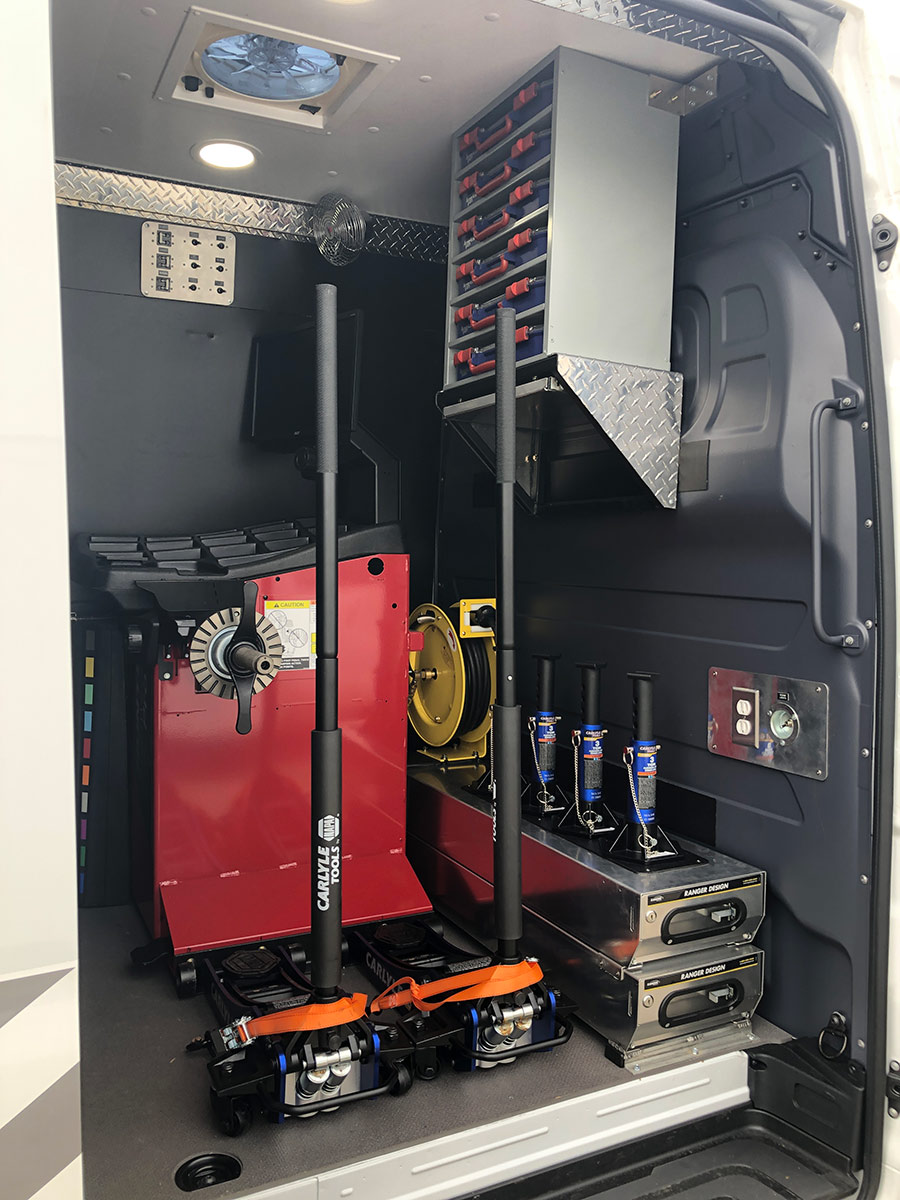Tire Service: Proven Approaches for Optimum Tire Maintenance and Care
Maintaining optimum tire condition is vital for both safety and efficiency of any car. From ensuring appropriate tire pressure to routine turning and alignment, there are tested approaches that can substantially expand the life-span of your tires and enhance overall driving experience. As we explore the details of tire care and maintenance, we will certainly reveal essential guidelines that every car owner should comply with for the very best possible outcomes. Let's explore the world of tire solution and discover the keys to maintaining your tires in top-notch form for the long run.
Significance of Tire Stress
Adequate tire stress promotes far better fuel effectiveness, as under-inflated tires can lead to raised rolling resistance, triggering the engine to function more difficult and eat even more gas. Proper tire stress makes certain even walk wear, enhancing tire long life and conserving cash in the long run by postponing the demand for premature replacements. Regularly changing and inspecting tire stress, particularly previously lengthy journeys, is a straightforward yet efficient means to enhance lorry performance, prolong tire lifespan, and focus on safety and security on the roadway.
Tire Rotation Standards
When taking into consideration tire rotation guidelines, it is important to recognize the significance of this upkeep job in making best use of tire life-span and maintaining optimum car performance. Tire rotation includes changing the placement of each tire on a car to ensure also walk wear. Front tires have a tendency to put on quicker than rear tires due to guiding forces, making regular turning essential for balanced wear patterns. The advised turning pattern varies depending upon whether a lorry is front-wheel, rear-wheel, all-wheel, or 4x4. Generally, tires ought to be rotated every 5,000 to 7,500 miles, or as recommended in the vehicle guidebook. Neglecting tire rotation can lead to irregular wear, impacting handling, traction, and possibly compromising automobile security. By adhering to correct rotation guidelines, motorists can expand the life of their tires, boost fuel efficiency, and boost general driving experience. Regular turning is a straightforward yet effective maintenance method that adds substantially to tire durability and car performance.

Benefits of Wheel Alignment
Making sure appropriate wheel alignment after tire turning is critical for preserving balanced wear patterns and making best use of car efficiency. Wheel positioning refers to the change of the angles of the wheels to the manufacturer's specifications. Among the essential advantages of wheel positioning is improved steering and handling action. When the wheels are effectively straightened, it reduces guiding effort, guaranteeing a smoother and a lot more regulated driving experience. Additionally, appropriate wheel alignment assists to extend the lifespan of your tires. Misaligned wheels can trigger uneven tire wear, resulting in premature tire substitute and enhanced maintenance prices.

Tire Footstep Depth Check
Executing a routine examination of tire step depth is vital for maintaining risk-free driving conditions and prolonging the life expectancy of your tires. The tread on your tires plays a critical role in supplying traction, particularly in wet or unsafe conditions. To inspect your tire walk deepness, you can make use of a tread deepness scale or the cent examination. The recommended step deepness goes to least 2/32 of an inch. If the step depth is below this limit, it is time to replace your tires to make sure optimal efficiency and security on the road. Unequal walk wear can suggest problems with tire suspension, stress, or positioning, highlighting the importance of regular walk deepness checks. Overlooking to check and maintain proper walk depth can cause reduced grasp, longer braking ranges, and a raised danger of hydroplaning. By integrating tire step depth check out your regular maintenance timetable, you can drive with self-confidence understanding that your tires are in top condition.
Seasonal Tire Evaluation
A detailed evaluation of tire problem customized to specific weather is essential for keeping optimal efficiency and safety throughout the year. Seasonal tire inspection is an essential aspect of tire upkeep that ensures tires prepare to face the challenges postured by various climate condition. In prep work for wintertime, look what i found it is vital to inspect the tire pressure frequently as cold temperature levels can trigger tire stress to go down. Examining tire tread depth is likewise essential to make sure sufficient grip on snow and ice-covered roadways. Additionally, inspecting for indications of wear and tear, such as bulges or fractures, can help avoid potential tire failings. As the periods modification, it is crucial to examine tire problem and make any kind of needed adjustments to ensure secure driving. By conducting regular seasonal tire inspections, drivers can prolong tire life expectancy, boost gas efficiency, and most significantly, guarantee a safe and secure driving experience in differing climate condition - Mobile Tire Service Las Vegas.
Conclusion
To conclude, preserving appropriate tire stress, revolving tires regularly, straightening wheels correctly, checking tread depth, and conducting seasonal inspections are essential techniques for optimum tire treatment. By complying with these shown methods, drivers can guarantee their tires last longer, perform far better, and add to overall car safety and security. It is vital to prioritize tire upkeep to stop crashes, improve gas efficiency, and prolong the life expectancy of tires.
Ample tire stress promotes better fuel performance, as under-inflated tires can lead to raised rolling resistance, causing the engine to work tougher and take in more gas.When taking into consideration tire rotation standards, it is essential to recognize the importance of this upkeep task in taking full advantage of tire life-span and keeping optimal lorry performance. Seasonal tire evaluation is an essential aspect of tire maintenance that makes sure tires are ready to encounter the difficulties positioned by different weather read more condition problems. By performing regular seasonal tire evaluations, drivers can extend tire life-span, enhance fuel effectiveness, and most notably, ensure a protected driving experience in differing climate problems.
In final thought, preserving appropriate tire pressure, turning tires consistently, aligning wheels properly, keeping additional info track of step depth, and performing seasonal assessments are necessary methods for ideal tire treatment.